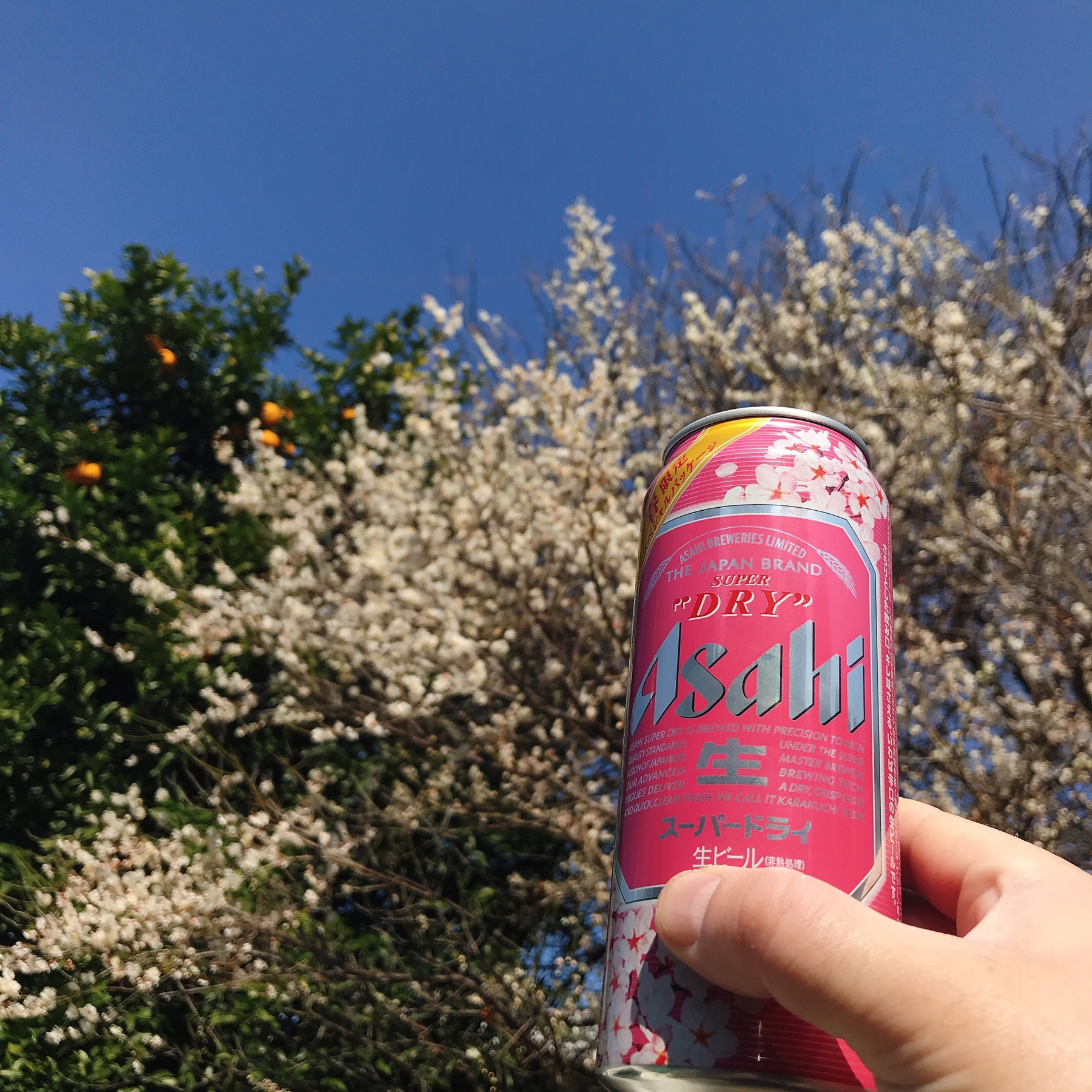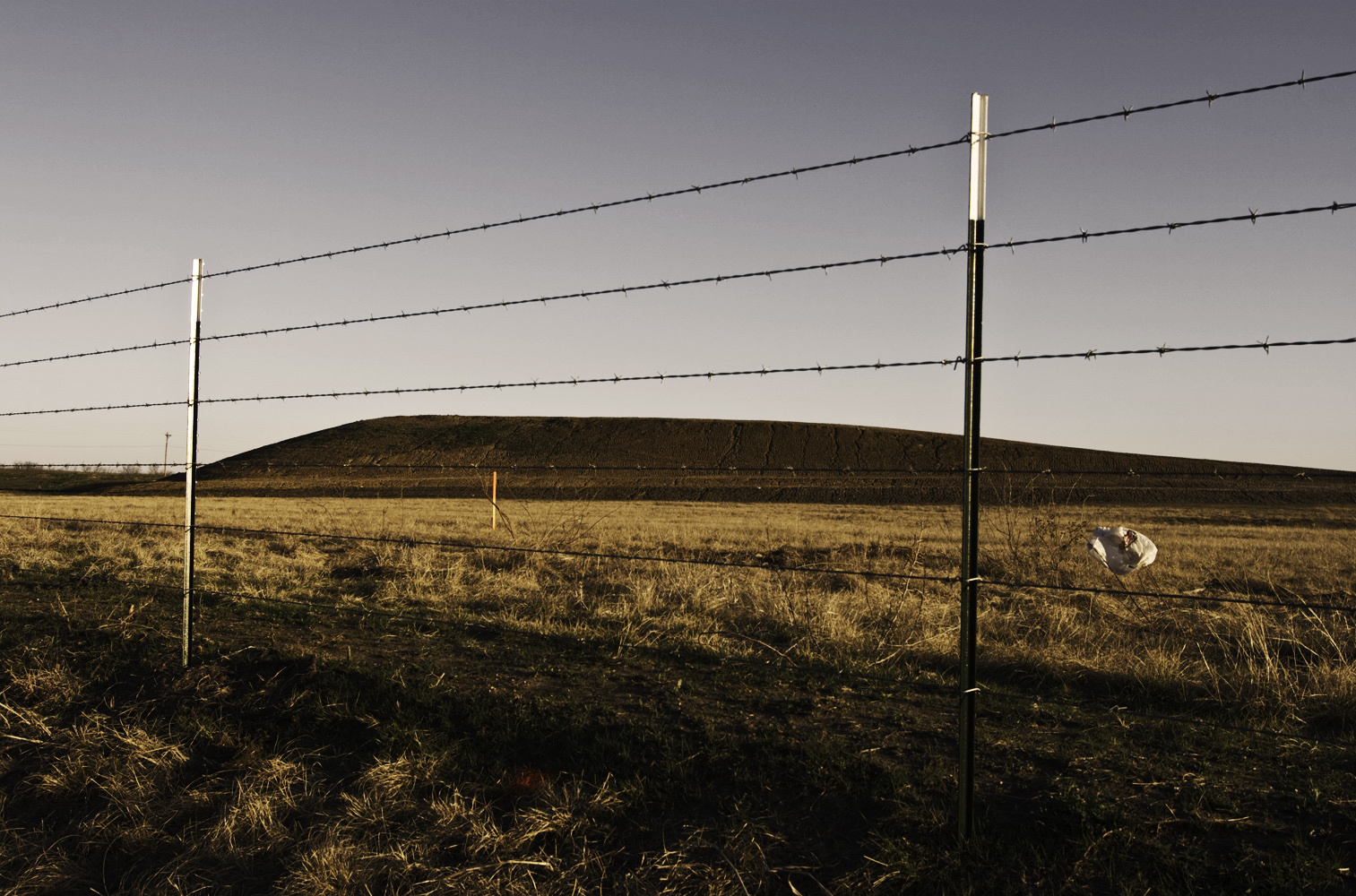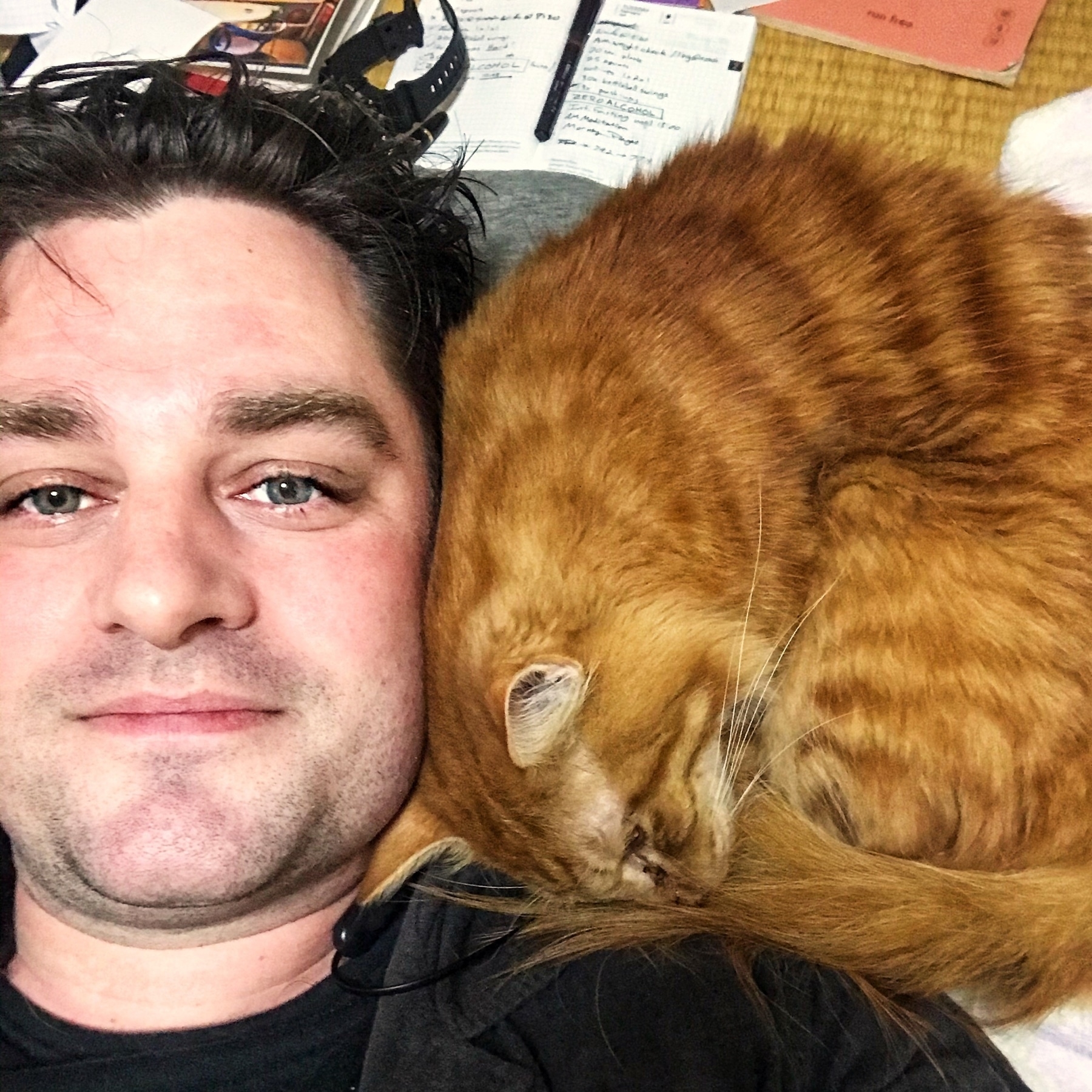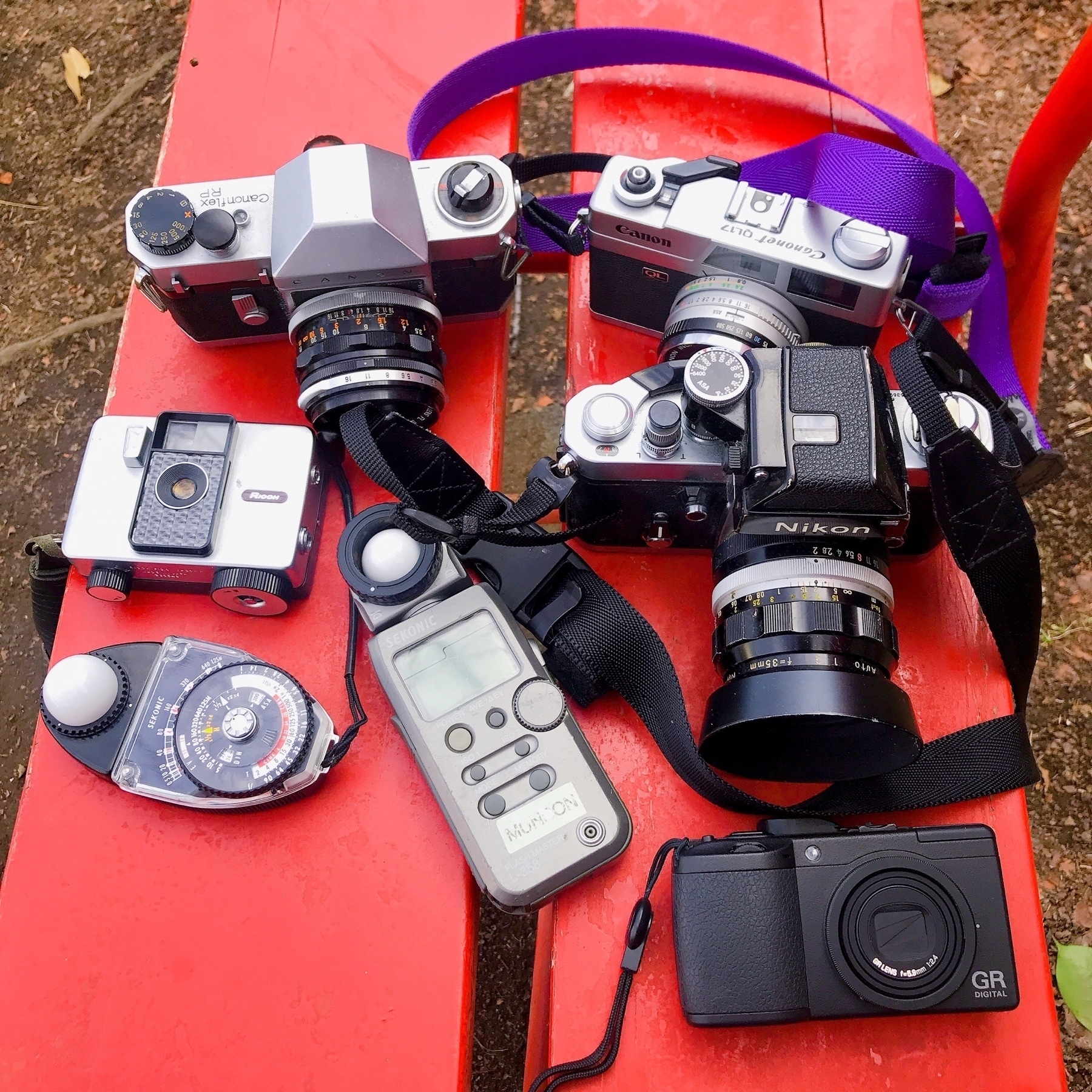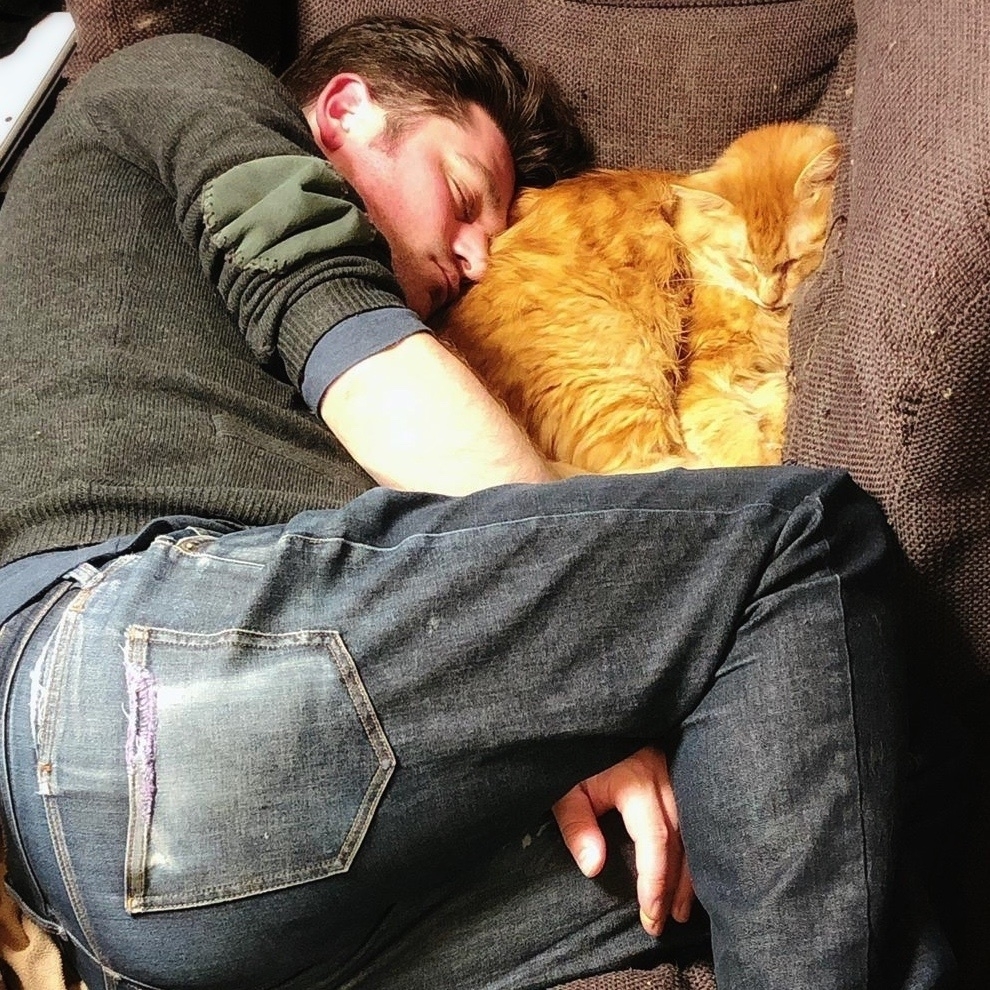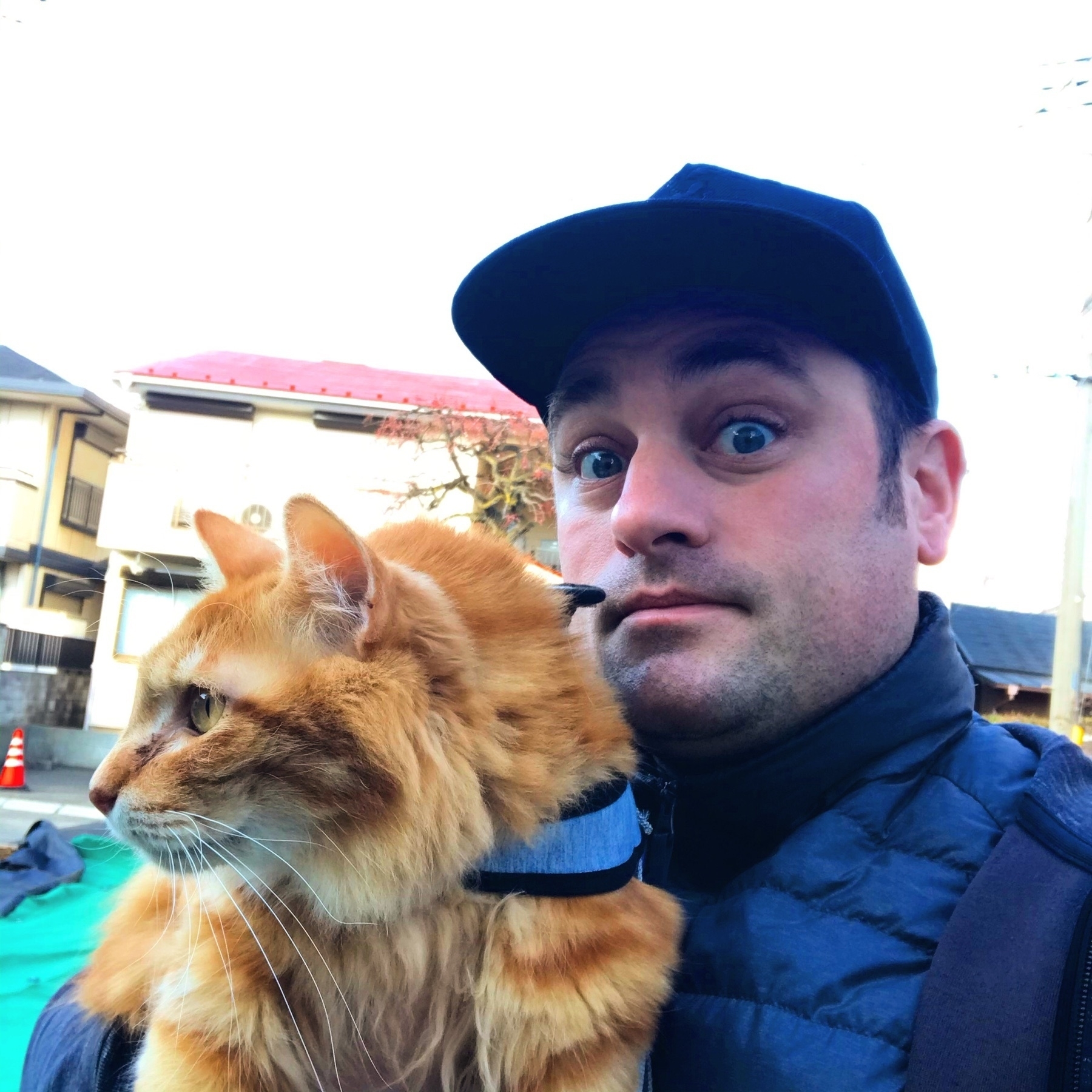Convergence Factor: Micro
Four on Trains
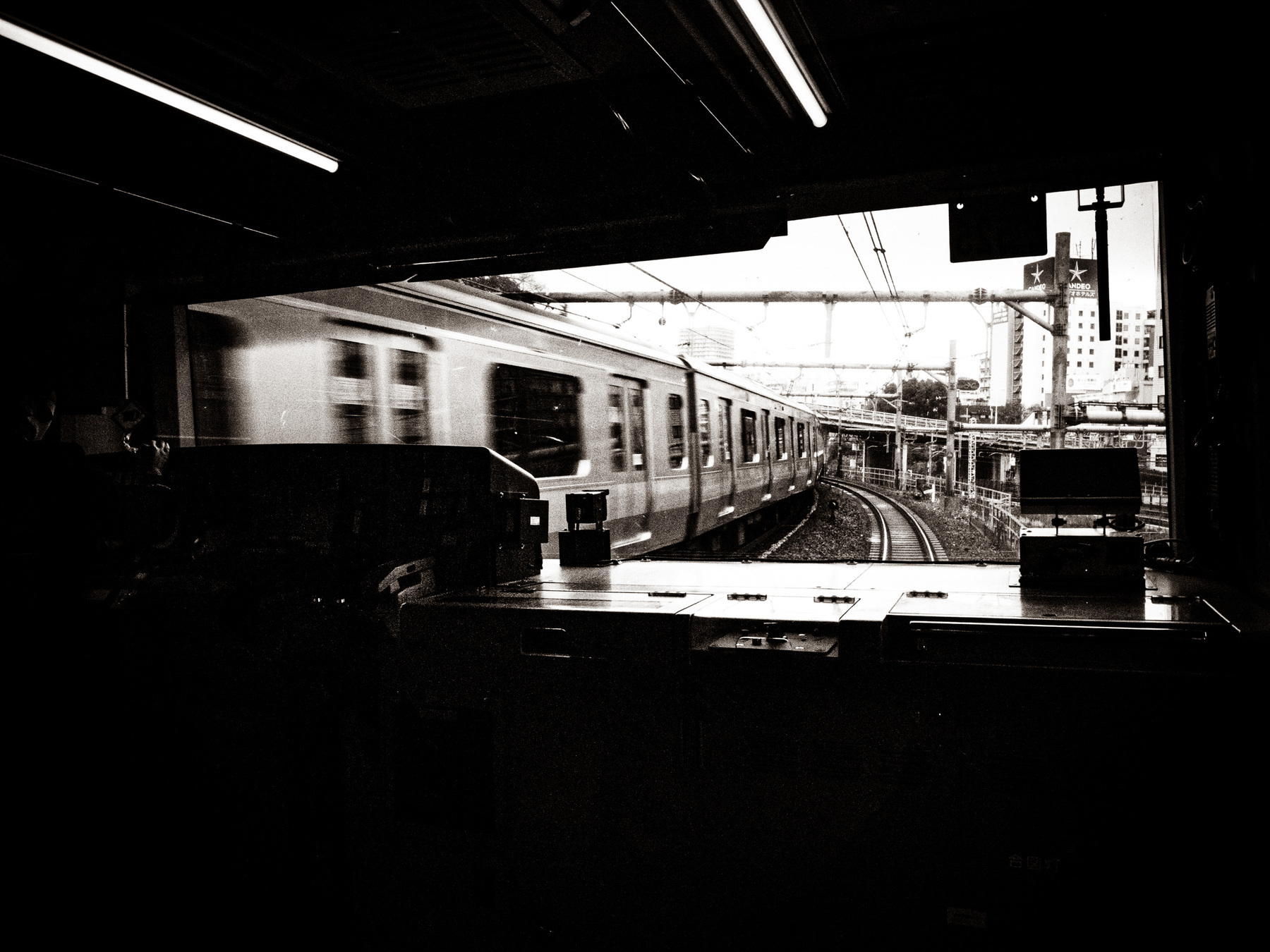
1. Lifting
If a train is crowded enough, there can be a phenomenal amount of physical pressure exerted on standing passengers. On three different occasions, my feet have lost contact with the floor of a train due to the pressure of the shifting mass of bodies as we rounded a curve.
2. Commuting in Parallel
In Tokyo, there are often trains running on parallel tracks. At times, you can see clearly into the next train as it runs next to yours at the same speed, just a few meters away. You sometimes make eye contact or notice interesting things about the strangers in the other train as they look back at you. Nobody ever waves.
3. Flipped Relationships
Sometimes I can’t quite make it to my desired car on the train before the doors close, so I get on and begin walking down the length of the train on the inside. If I’m walking opposite the direction the train is travelling, there is a brief moment when it begins moving that I am walking forward but the platform out the window seems stationary, giving the curious sensation that the floor is travelling beneath me, rather than me travelling across it.
4. The Mountain
From where I live in Saitama Prefecture, Mt Fuji is sometimes visible. You need clear weather, though, and you need an elevated position. Most of the time, if I can glimpse the mountain, it’s from the train as I commute into Tokyo. I consider a clear sighting as a good omen for the day.
This is the season in which my apartment is routinely colder than the outside air and I always leave my apartment overdressed.
Somewhere in Japan No 15: Rabbits
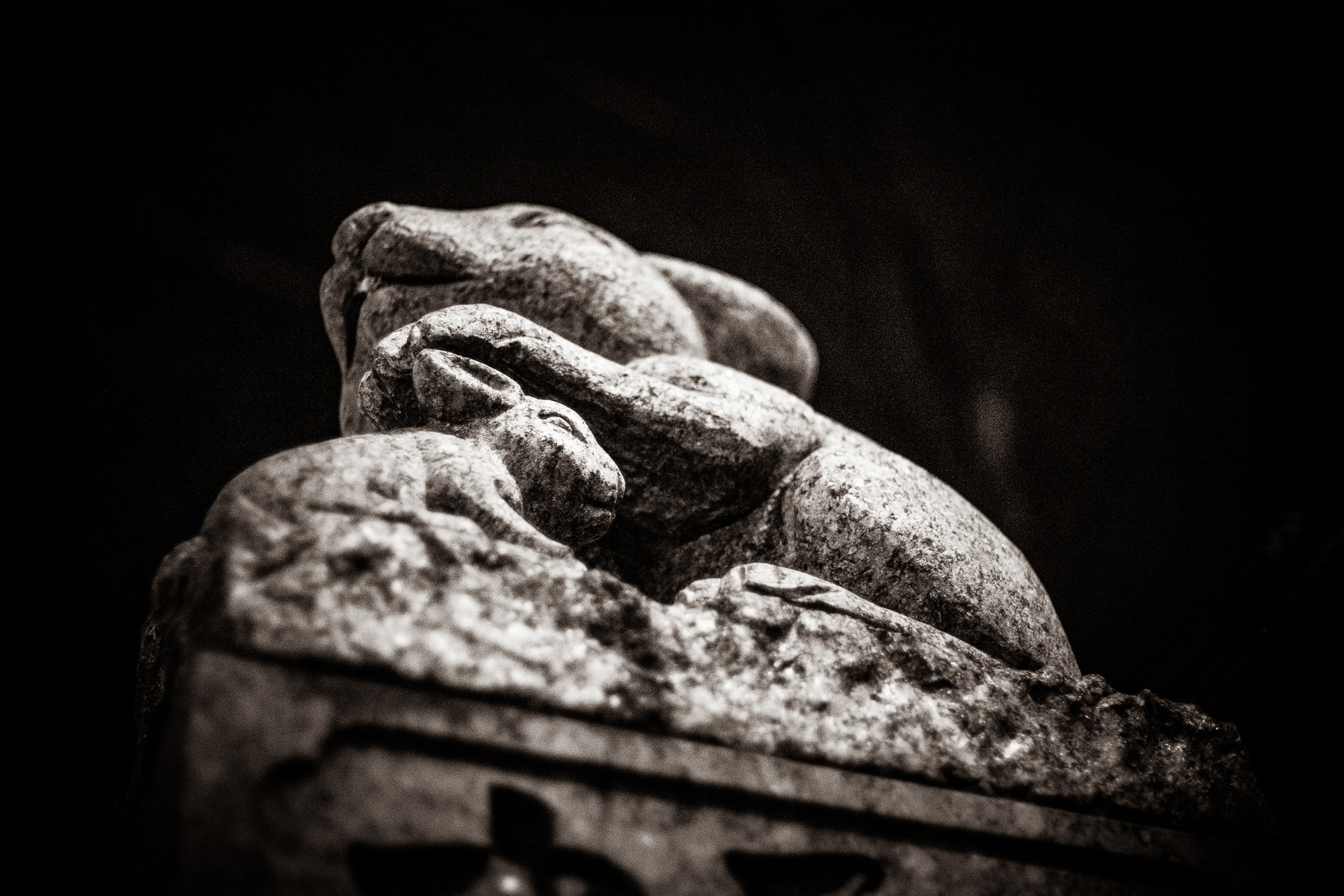
There are many rabbits in this place. It is a shrine dominated by them. Some of them are doing jobs more commonly held by foxes or lion-dogs, while others hide in corners of carvings or sit under shelters, relaxing in their old age.
A family of rabbits stands guard at the entrance, flanking the path and keeping watch from above. Another, much larger rabbit sits patiently above a carved stone trough filled with cold, clear water.
The water that flows from this rabbit’s mouth is used to cleanse and purify. Early in the morning, when most people are still asleep, the shrine is hushed, and the flow of the water joins the rustle of the trees to gently fill the air with sound.
Every day, people come to be purified with this water and to pray. On some days, only a few dozen come. On festival days, throngs of thousands too numerous to count crowd and jostle one another.
One by one, they pick up long-handled dippers and scoop water from the trough. They rinse their hands and their mouths with it, before continuing on to the worship hall to pray.
At every hour, by daylight and starlight alike, the rabbits watch over this place. Humans come and go, and appear to run the shrine, but in the end it belongs to the rabbits.
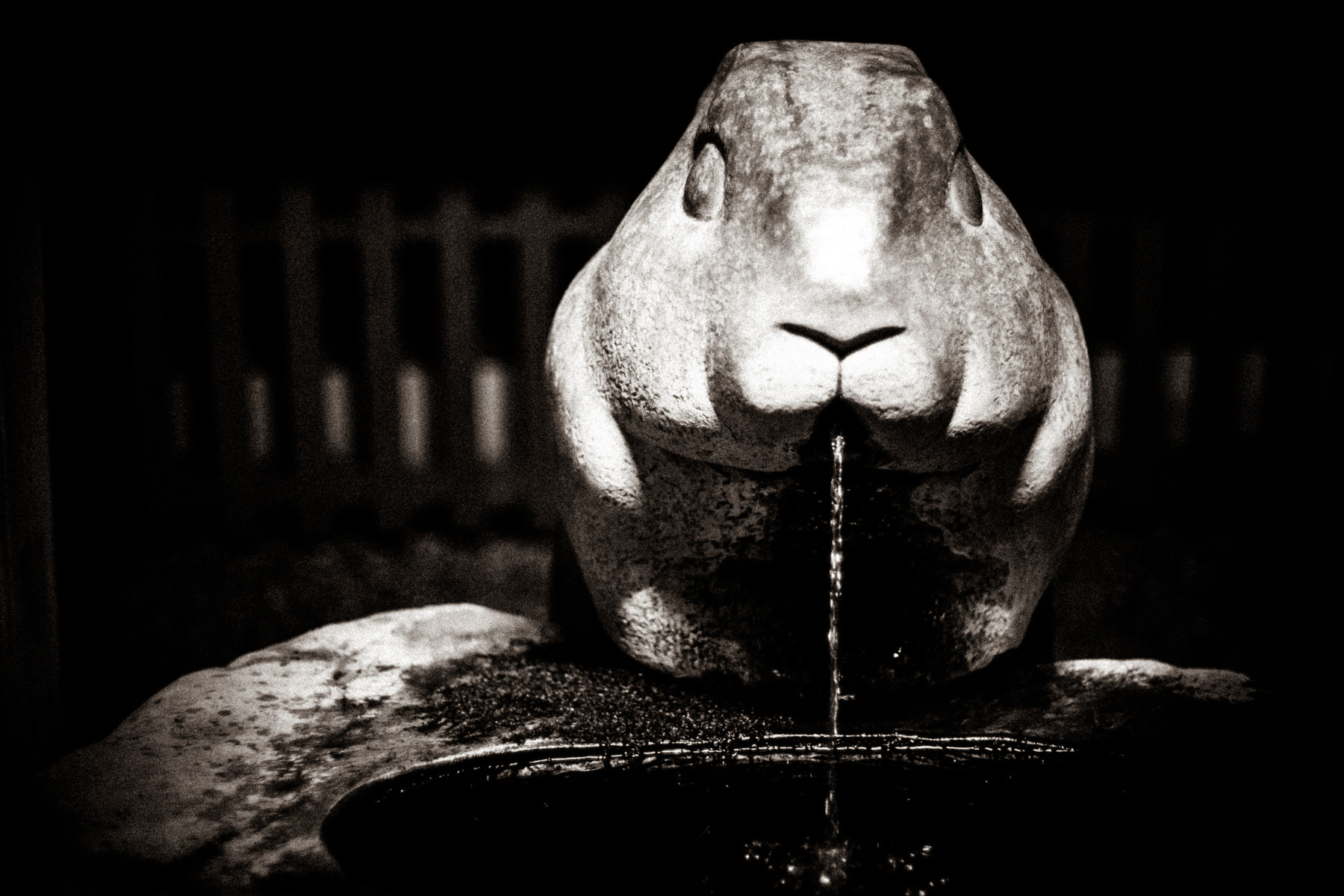
The shrine near my apartment is Tsuki Shrine, or Tsuki Jinja. Though written with different kanji, this tsuki (調)and the word for moon (月) are homophones. Japanese folklore includes the story of the rabbit in the moon, which (as best I can tell) is how this shrine wound up with rabbits instead of the much more common foxes or dogs. It is my favorite shrine, and the rabbits are one of my favorite things about it.
The featured image of this post is available as a print. Get a 50% discount off list price with the code “SOMEWHERE” at checkout.
Somewhere in Japan No 14: In the Mist
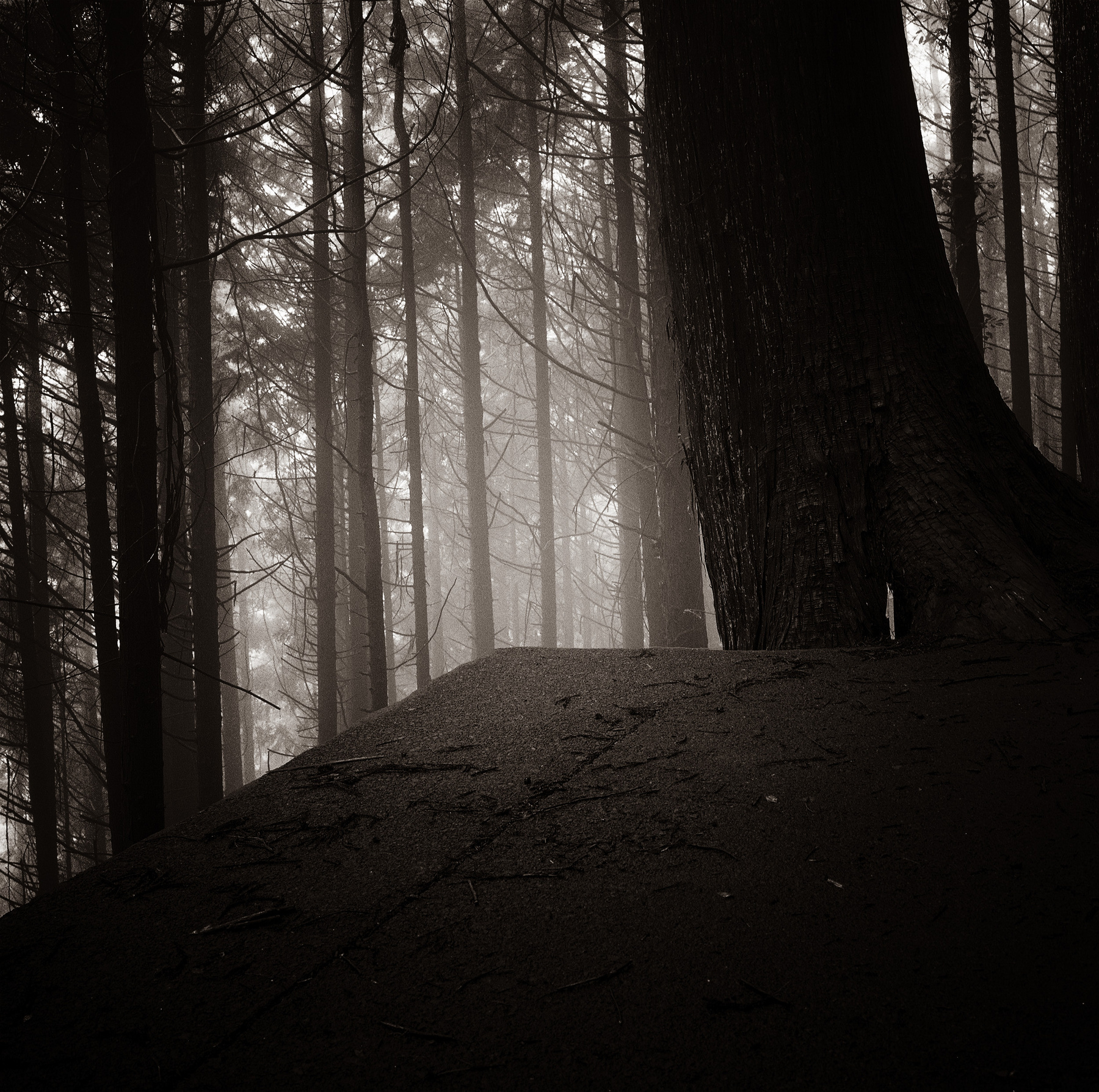
35°47'20.709"N, 139°9'20.0124"E
Normally, this road would be busy with weekend visitors, but today it feels as if we have the mountain nearly to ourselves. For this, I can thank the weather.
The canopy of the forest is dense and the understory only sparsely populated with smaller plants. Even on a sunny day, this place would be fairly dark. And on this day, thick cloud has encased the mountain, filling the space between the trees with a heavy fog that eats up light and sound. It is a murky, dimly lit world where trees recede into an indistinct distance and the forest is holding its breath.
Halfway up the mountain road, we stop to take a rest. We are surrounded by cedar trees large enough that we’d need a third person if we wanted to put our arms all the way around the trunks.
On the top of this mountain, there is a shrine that’s been there for centuries and has a history much older than the buildings themselves. It’s one of the rare place where they practice futomani, an ancient form of divination. Thought to go back to the Jomon period, it involves heating the shoulder blade of a stag until it cracks, and reading the lines thus created.
Farther down the mountain, there are neither ancient shrines nor burnt stag bones. There are only the massive trees, the road, and the two of us, feeling tiny amongst towering cedars, cloaked in silence.
A lovely day to spend some time putting down thoughts with a favorite #fountainpen and a beautiful, handmade notebook (by Design Y in Sendai)
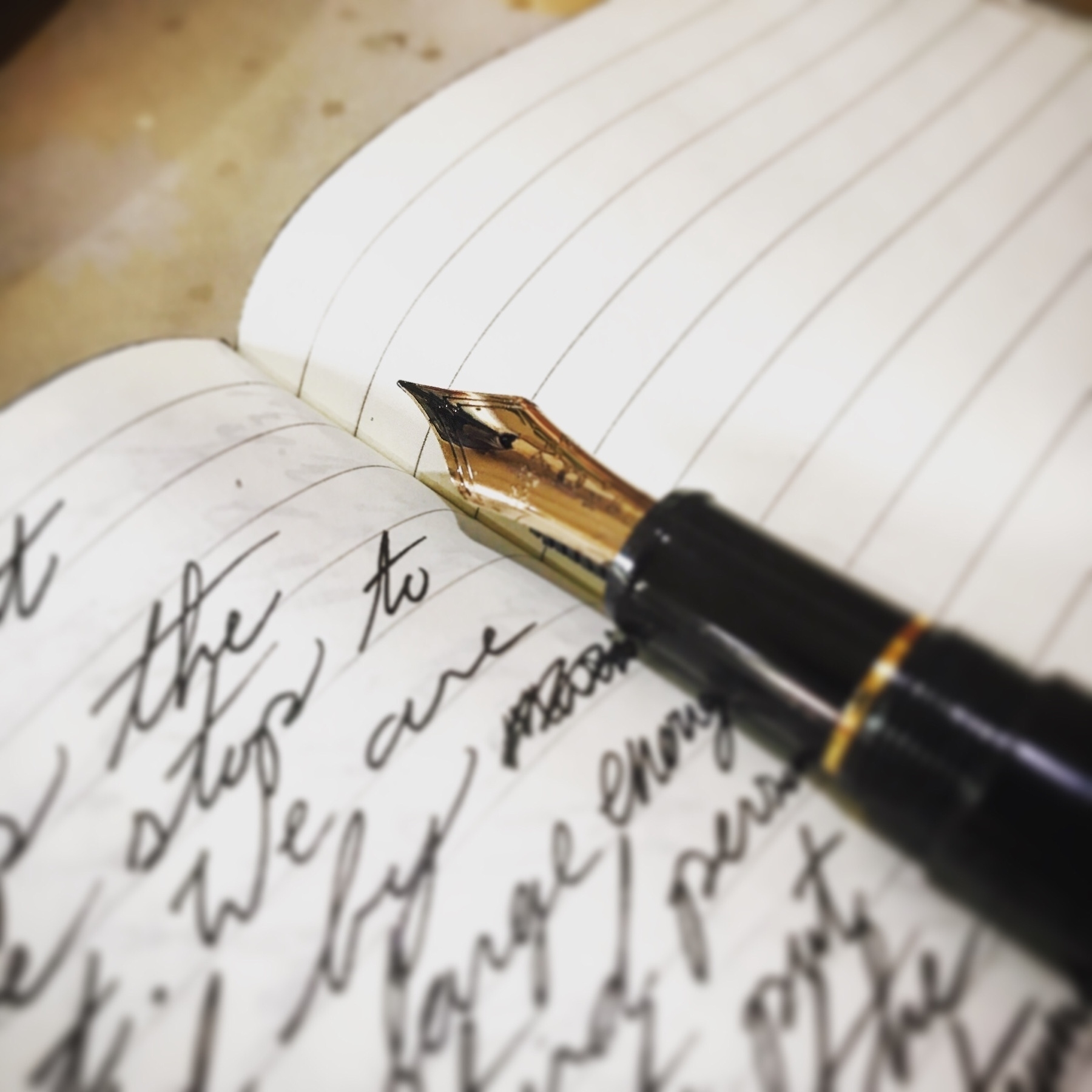
There are some meals that are even more delicious than they are easy to make.
XO mazemen is so damned easy and so damned good.
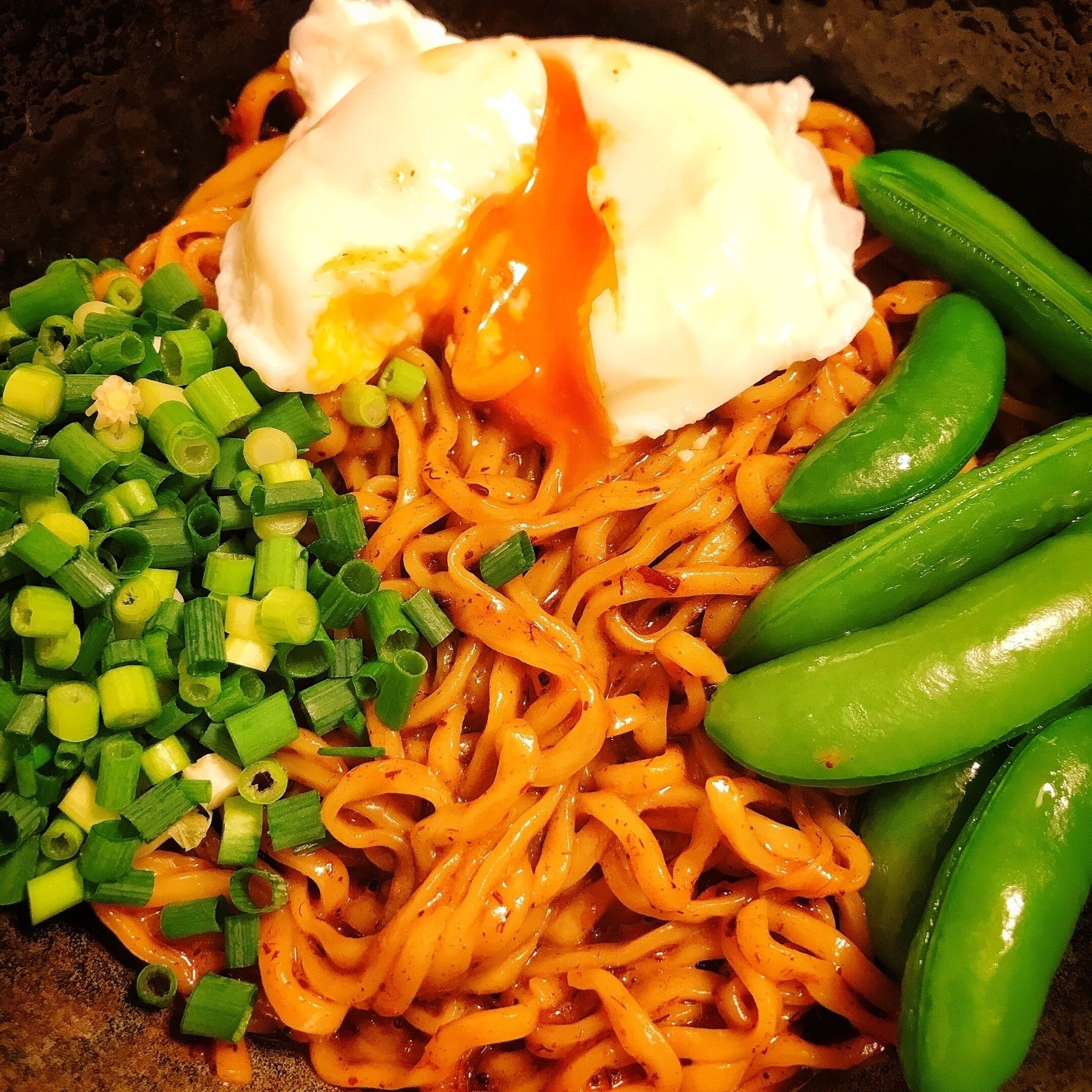
Somewhere in Japan No 13: There if You Want to See Them
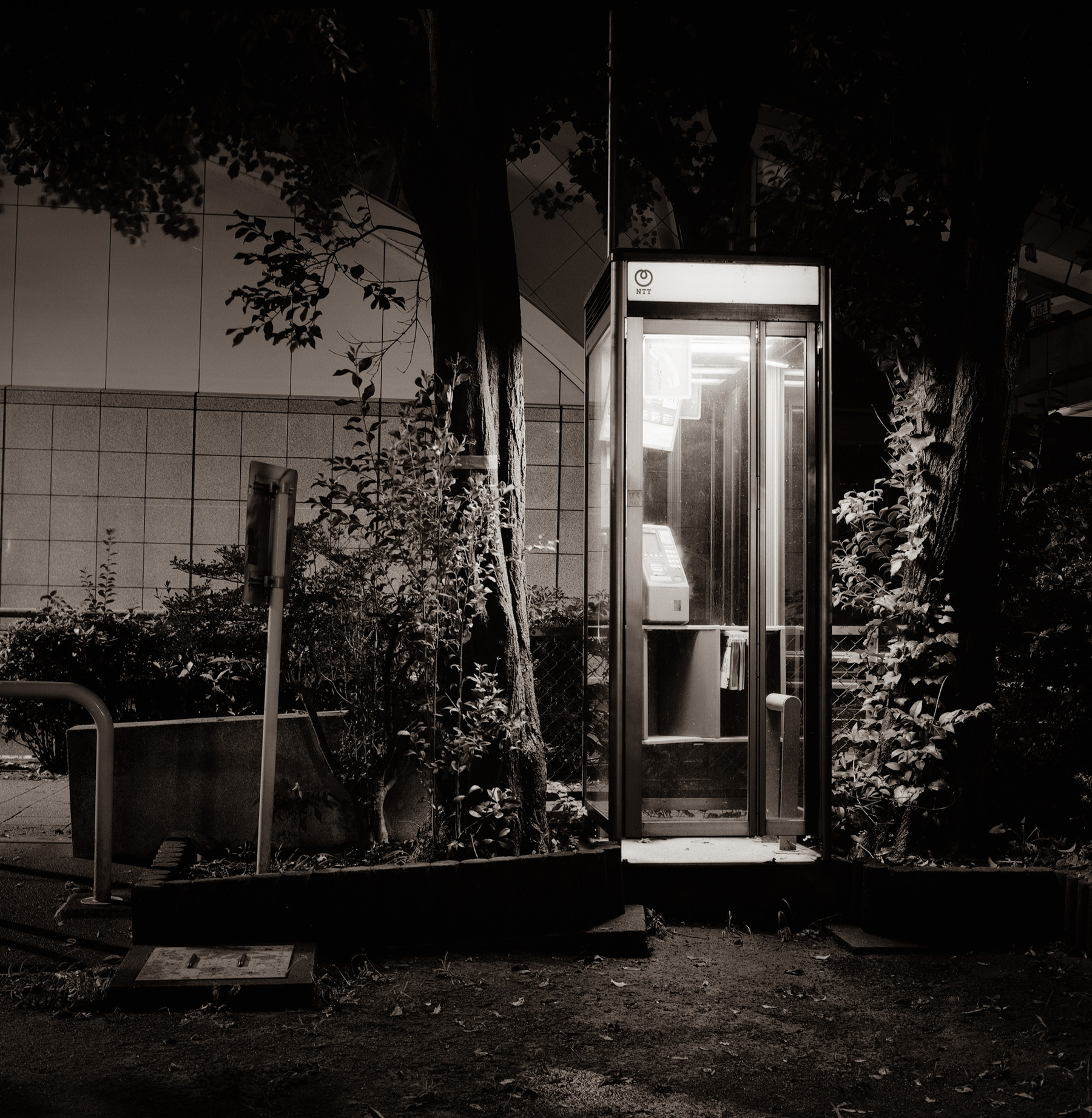
35°43'37.2144"N, 139°36'52.6752"E
When we no longer need something, we stop paying attention to it. And when we stop paying attention to it, it begins to fade out in our active awareness. In time, it may become wholly invisible, transparent to the point of vanishing, despite not having actually changed.
This is a sort of inattentional blindness on the part of the observer.
With phones in the pockets of nearly everyone now, pay phones are vestigial organs of the urban organism. They’re tools of communication set fast in place, left over from a time before telephones learned to grow legs and walk around.
But in Japan, even in 2021, there are many more pay phones around than you’d expect, and their apparent quantity balloons wildly once you pay attention to them.
In 2015, I took a picture of a telephone booth in a small park near my old apartment. I liked the way its glow illuminated the tree next to it.
After I developed the film and finished the image, it occupied my mind persistently. It compelled me to seek out and photograph other phone booths with regularity.
I’m still photographing them. Every time I see one I like, no matter where I am, I take a picture with my phone and save the location for reference, with the sincere hope that I’ll be able to return later with a tripod and proper camera.
When I talk about this fascination with people in Japan, they’re surprised I can find any to photograph. I haven’t seen one in years, they’ll say, just before I point out the one in front of the building that they’ve walked past dozens of times.
After these conversations, I’ve had some people remark that they’ve begun to see phone booths everywhere they go. They say this with some amount of amazement, as if I’d caused phone booths to sprout like bamboo shoots back into the world.
If thousands of telephone booths can go from invisible to everywhere without actually changing, just imagine what else we’re not seeing, simply because we’ve never thought to look for it.
Still haven’t started tomorrow’s new post. Really need to get ahead of this posting schedule.
I am open to topic requests. Something suited to short form and must be related to Japan somehow.
(see https://somewherein.jp/archive/ for existing examples)
Somewhere in Japan No 12: Hearing Earthquakes
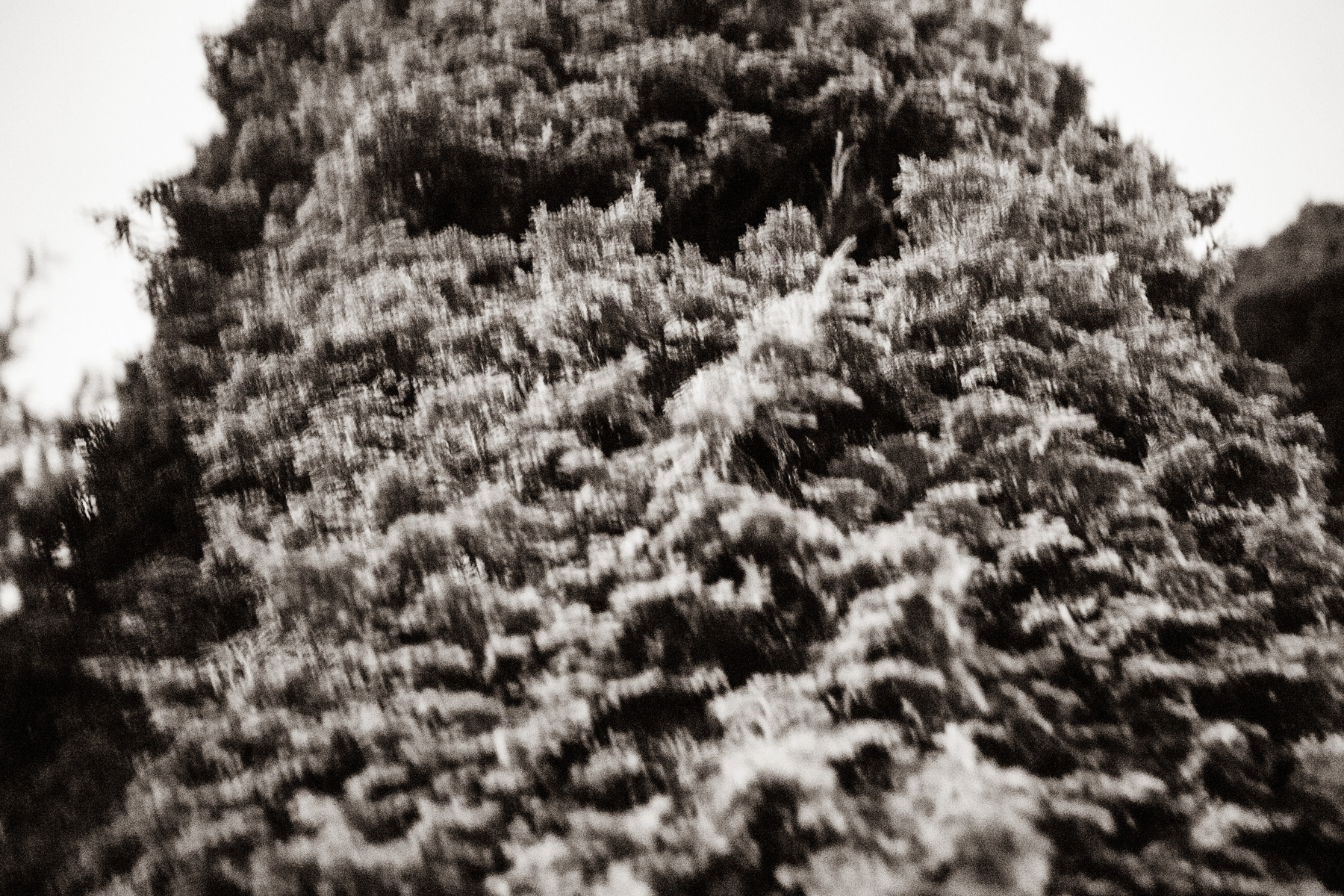
35°44'6.4032"N, 139°37'11.2764"E
It’s like an impossibly large machine has just switched on, far enough away that the actual noise of it is gone, but the low rumble of its vibrations carry through the ground and into your body.
When it happens, you’re not sure whether you’re feeling it or hearing it. Somehow, it’s both, and it's building.
This doesn’t last very long—only a second or two—and then the shaking begins.
The building's wooden frame groans and chatters as it shifts abruptly. The drinking glasses on the shelf clink together rhythmically, and the water in the cat’s dish sloshes gently against the sides. The light above the table swings pendulously, its cord squeaking in the socket. Below it, the cup full of chopsticks rattles.
When the movement subsides, the apartment resumes its former hush, and the soundscape returns to ordinary patterns with the neighbor's water heater cycling on and the cat begging for food, unimpressed by the quake.
Somewhere in Japan № 11: The Last Day
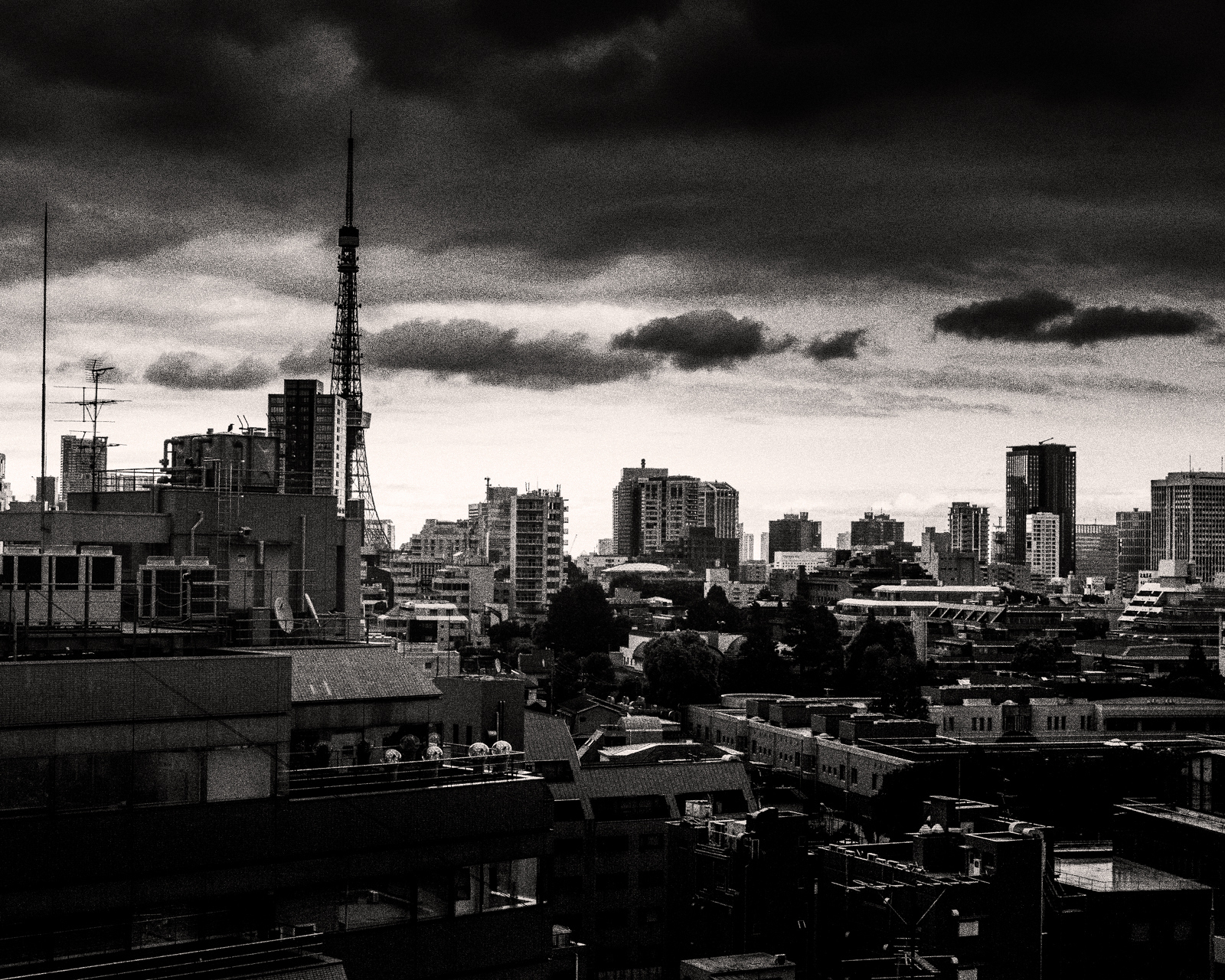
35°39'43.8156"N 139°43'53.2128"E
Yesterday was my last day of work at the English-teaching Job I've had since May 2015. Or, it would have been, had they given me any classes. Instead, I got my farewell, a final middle finger, in the form of an empty schedule.
Over the last year, while COVID-19 gutted class volume, a lot of my work days were marked EDO on the daily schedule emails I receive. This stands for emergency day off, the company's shorthand for "we don't have any classes for you, so you can stay home and content yourself with 60% of your normal pay."
I get it. The pandemic has been awful for business. There simply haven't been enough classes to go around. I'm glad they could at least pay the 60% on the days when they couldn't supply us with enough work.
But I also know that they wouldn't even offer us that if they weren't legally obliged. They already pay teachers the lowest they legally can, after all.
I should have left years ago, but I didn't. The similarities between working for that company for so long and staying in previous, emotionally abusive romantic relationships are notable. I'm glad I’m done with that place, but feel a fool for having stayed so long.
When my schedule for February 4 arrived marked EDO, it felt like a parting shot. It never mattered that I worked there, least of all in the end.
I'd like to have said goodbye to my friends, though.
He can be such a pain, but he also has a really hard life before so I’m glad he seems to be happy now
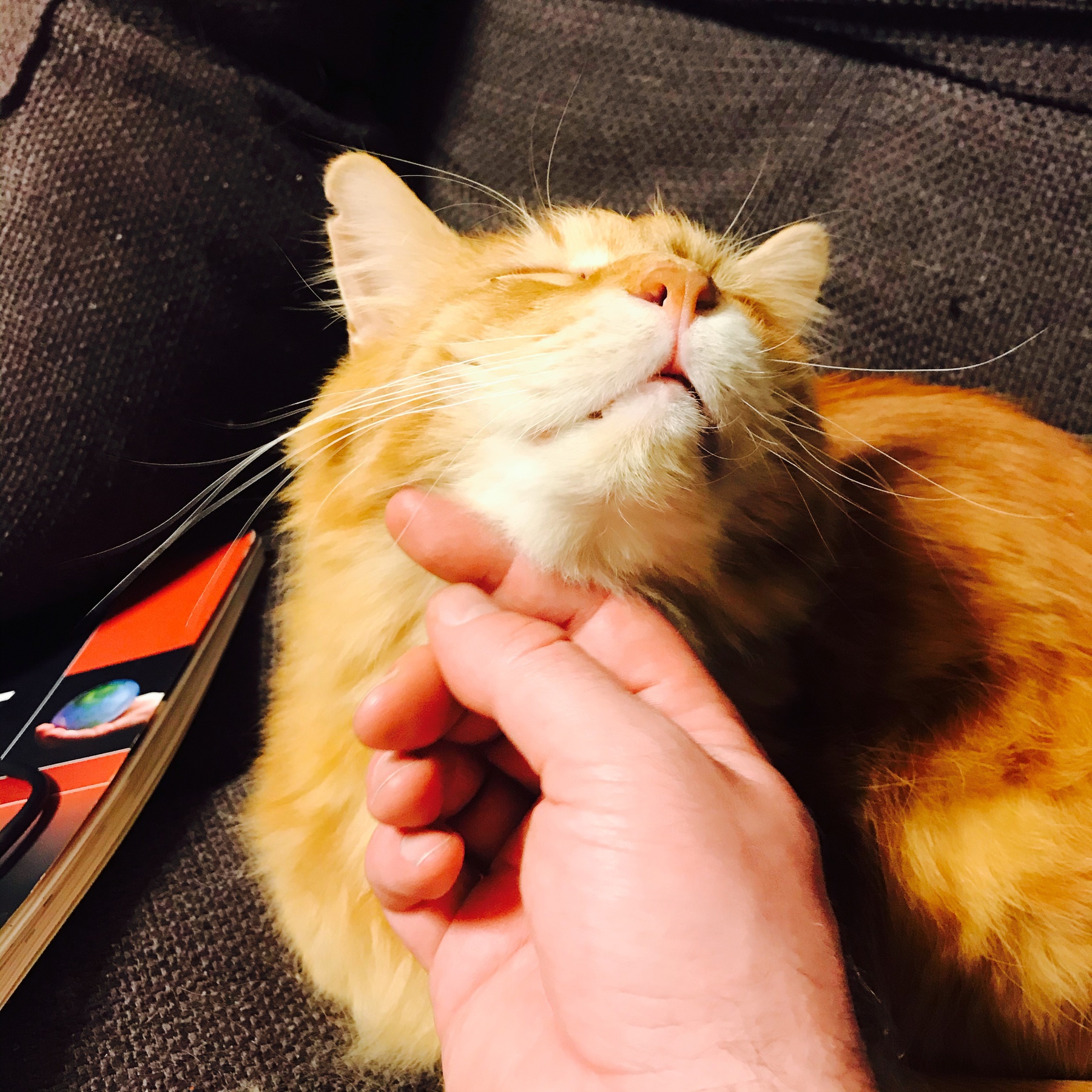
Em-dash fans:
If you’re using a Mac, you can set up a rule to auto substitute — for –, which is faster than the standard keyboard shortcut.
System Preferences > Keyboard > Text
Click the plus sign to add a new rule to replace – with — (option + shift + -)
Loaded up and ready to go on my walk. This camera is 35mm half frame and spring-driven like a clock. One of my favorites.
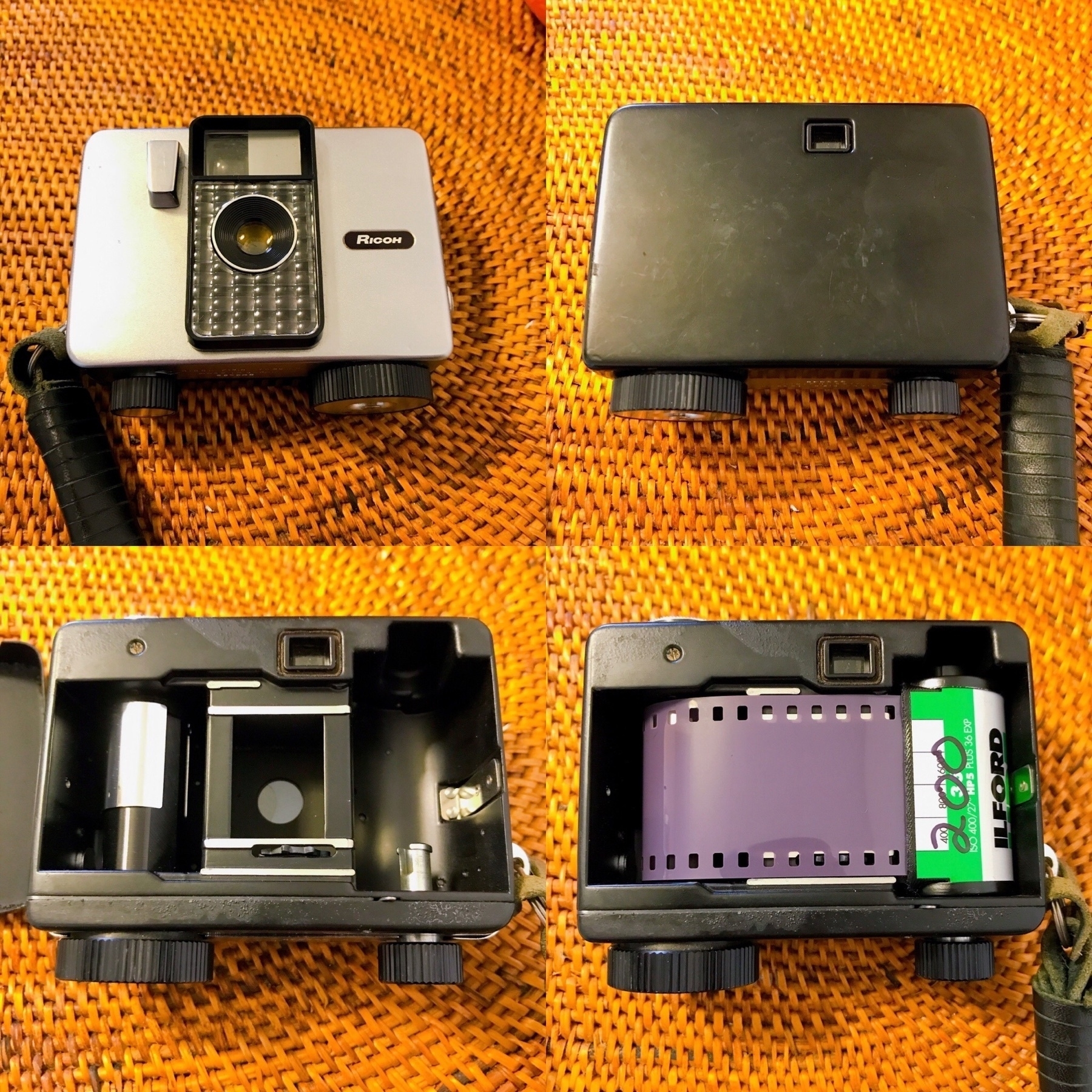
Somewhere in Japan № 10: Thirty Years
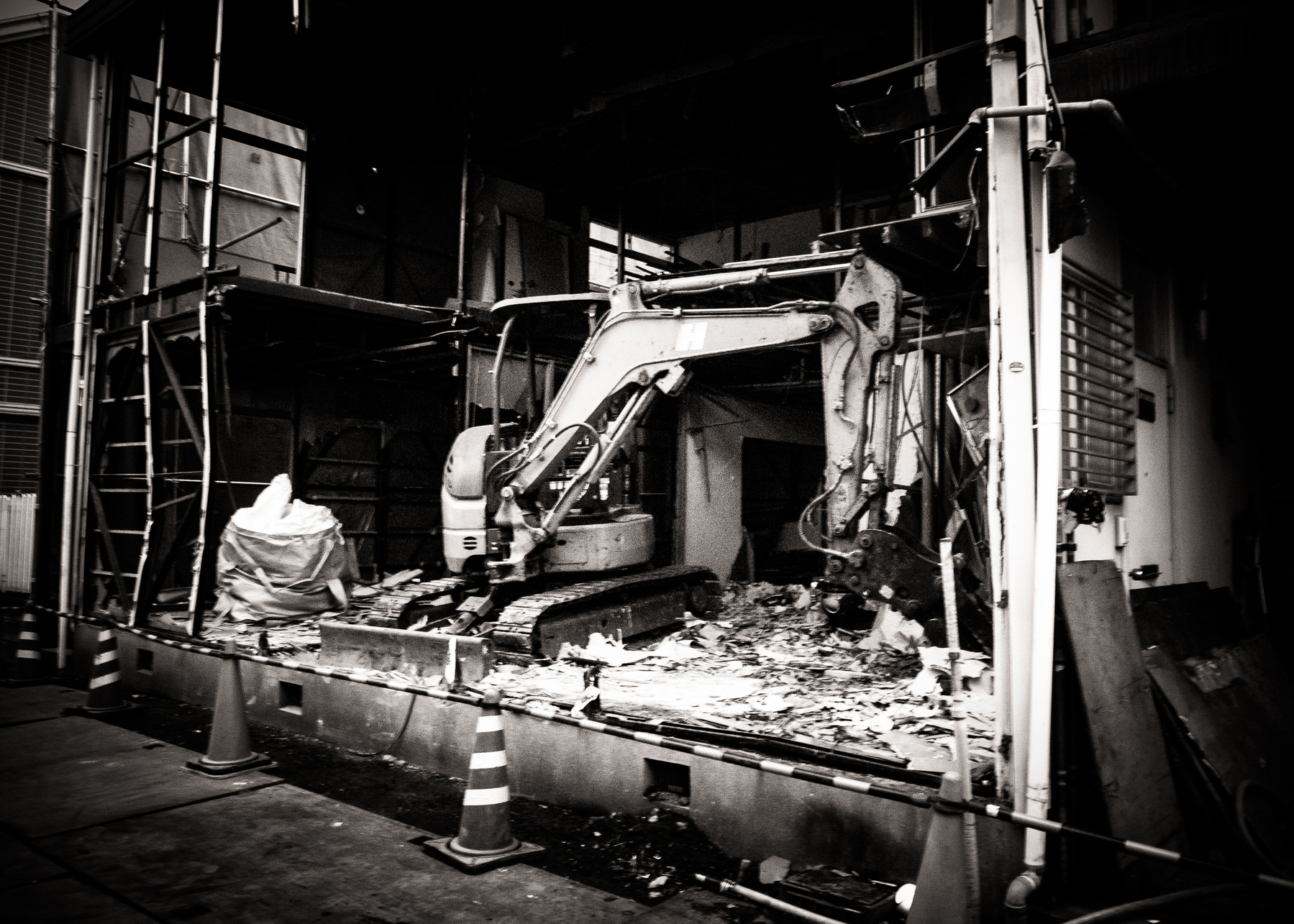
About thirty years. That’s the average lifespan of a house in Japan. The day a new home is finished is the day it begins depreciating1. Within twenty years or so, the value of the structure will be zero.
Houses are essentially viewed as disposable2, and the market for used houses is virtually nonexistent.
In cities, where demand for housing is high, there is a pattern of demolition and rebuilding. Property prices can be extremely high, and people also want to minimize their tax liability, so a site formerly occupied by a single house is commonly divided into three or four plots, on each of which will be built a tall, narrow house.
Within three blocks of my apartment, I can think of at least twenty houses that have been demolished in the three years that I've lived here. Every house that's disappeared has been in perfectly good condition. Every one of them was replaced with multiple new houses crowded into the same lot.
Outside the cities, though, huge numbers of houses sit vacant. Some are simply abandoned, while others are still owned by the families of deceased relatives who are unsure what to do with them. Others still are owned by municipalities and are available for sale, but would-be home buyers are largely uninterested.
A few months back, we spent a weekend in Yokosuka, a city on the Miura Peninsula in Kanagawa Prefecture. There, the hills were littered with empty houses. We met a local photographer who had bought one of these houses from the city for about a million yen 3 and restored it himself. He was kind enough to give us a tour. It was the most comfortable and charming home I've ever entered in Japan.
For us, it was an inspiration. We are planning our exodus.
Perhaps to Yokosuka, or maybe to Hanno, Sayama, or Chichibu. Maybe to somewhere near Kawagoe or to Komoro. Maybe even to Sado Island.
If I changed jobs and worked myself nearly to death, it's possible we could eventually buy a house in or near to Tokyo. One of those bland new structures on a postage-stamp lot with a forty-year mortgage.
Or, we could start our own small businesses, buy one of these older houses in the relative countryside for next to nothing, and build our lives there.
I find this to be a simple choice to make.
Somewhere in Japan № 9: Sleepless Quiet

Slipping on my hanten1 and loosely tying the front is now second nature. I barely even notice having done it.
I sit on the floor and extend my legs under the skirt of the kotatsu2, but do not turn it on. I am warm enough without it.
On the edge of the table is a small, battery-powered camping lantern. In my lap, a notebook. In my hand, a fountain pen, the gold nib of which, like the wet lines of ink that trail from its tip, glistens in the lantern’s light.
To my right, a sleeping cat. He stirred briefly when I sat down, blinking slowly as he evaluated me, before settling in again. His right front leg is extended toward me. His soft little paw, with the tufts of fur between the toes, is just barely touching my leg. The touching is intentional, I am sure.
After 90 minutes of reading and no sleep, I came out here to write. Though I would prefer sleep, I am glad, at least, to enjoy this special quiet that only exists in the dead of the night.
The only sounds I hear are the noise of the pen on the paper and the cat’s occasional long, happy exhalations as he sinks comfortably into a freshly adjusted position, continuing to sleep more happily than I think I ever will.
